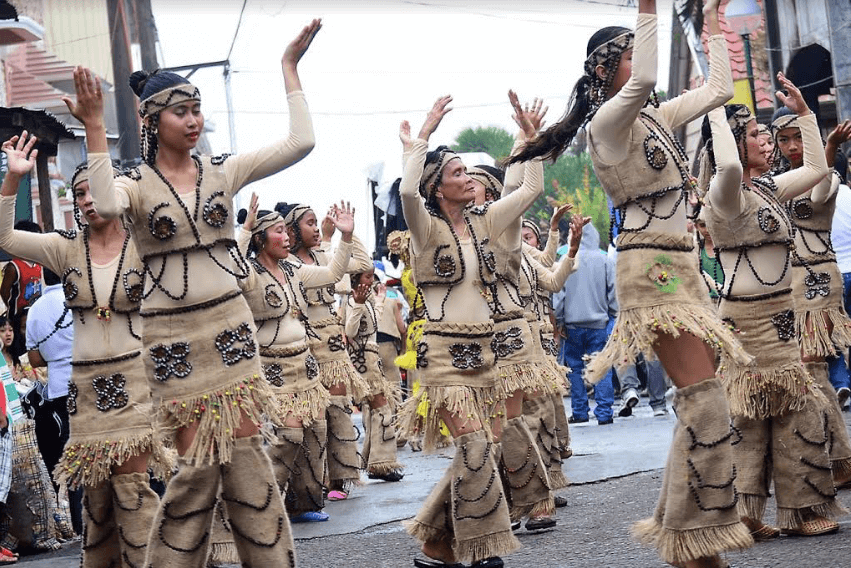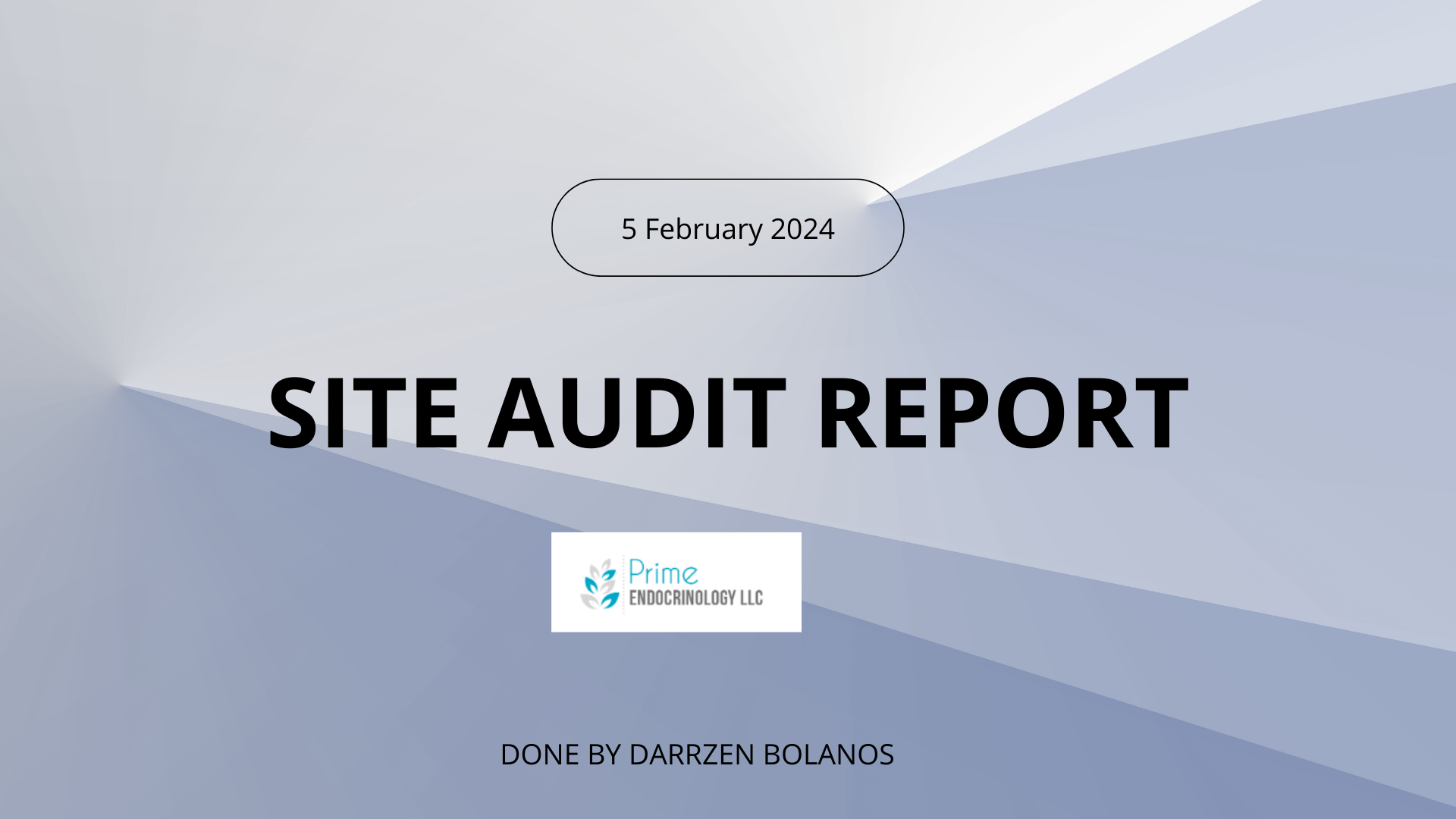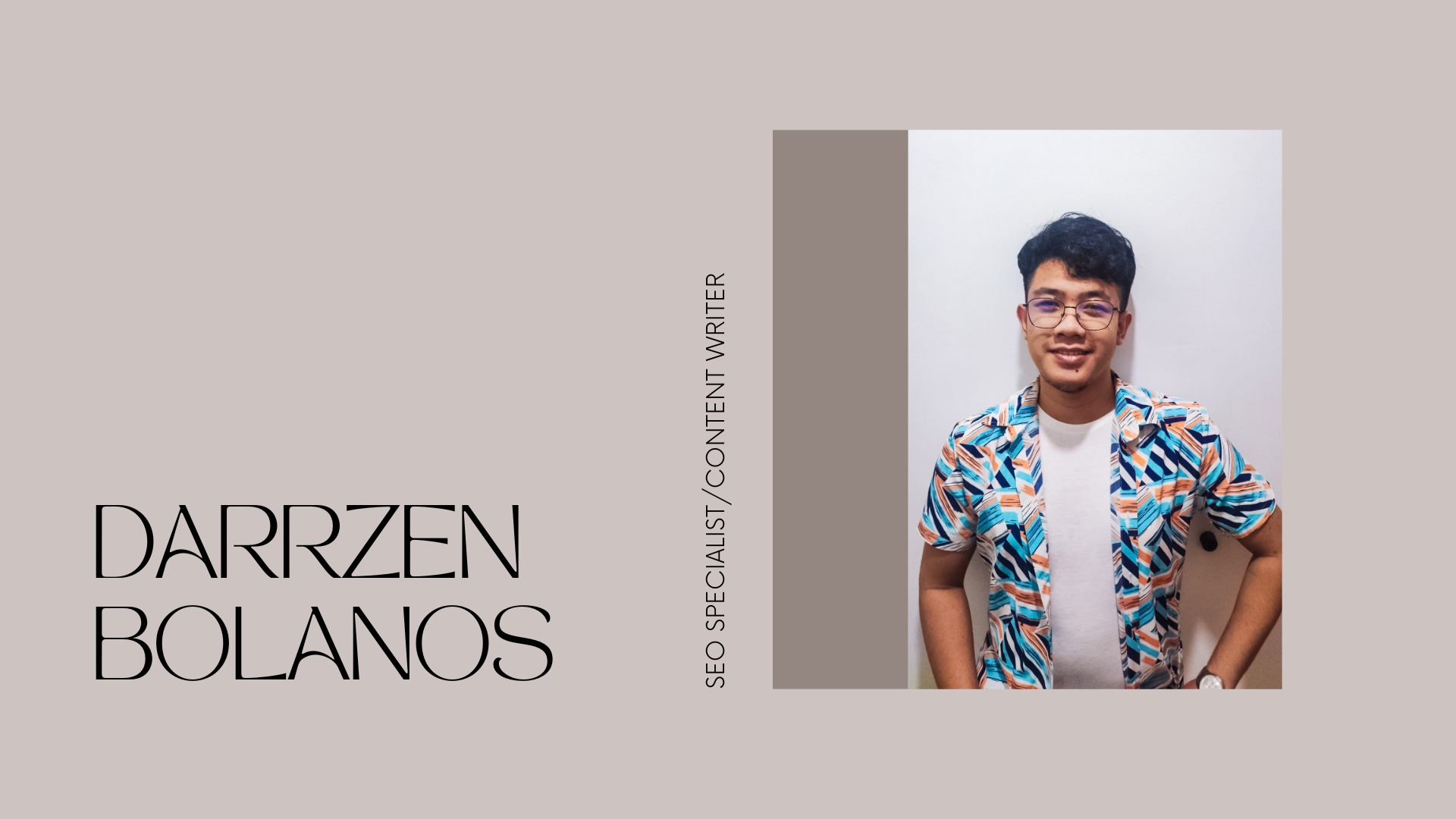Pahimis Festival: A Must Visit Festival in Cavite, Philippines

What is the Pahimis Festival in Cavite?
The Pahimis Festival is an annual celebration held in Amadeo, Cavite, Philippines. It is definitely one of the best festivals in Cavite that you can visit. It is primarily a thanksgiving festival that celebrates and promotes the coffee industry of the town, which is known for its production of high-quality coffee beans. Pahimis, in the local dialect, means "thanksgiving" or "offering". The festival is a way of giving thanks for a bountiful coffee harvest. Amadeo, often referred to as the "Coffee Capital of the Philippines," is famous for its production of Robusta, Arabica, and Excelsa coffee beans.
When is the Celebration of Pahimis Festival?
The primary reason for celebrating the Pahimis Festival in February is to coincide with the coffee harvest season in Amadeo. February is typically the peak of the coffee harvesting period when coffee cherries are ripe and ready to be picked. The festival serves as a way to honor and celebrate the hard work of coffee farmers during the harvest. The Pahimis Festival also serves an educational purpose. It offers workshops, seminars, and exhibitions related to coffee farming, processing, and brewing. Visitors can learn about the coffee industry and the importance of sustainable and ethical coffee production.
The festival is an essential tourism event for Amadeo and the surrounding areas. It attracts both local and international tourists, bringing attention to the region's coffee industry, local products, and tourist attractions. It helps boost the local economy through increased tourism and the sale of coffee-related products.
Who started the Pahimis Festival in Cavite?
The Pahimis Festival in Amadeo, Cavite, Philippines, was started as a government initiative. It was introduced as part of a rehabilitation program for coffee farmers in the early 2000s. The festival was designed to revitalize the coffee industry in Amadeo, which had been suffering due to various challenges, including competition from international coffee producers and a drop in the prices of coffee beans. The Pahimis Festival, celebrating the town's coffee heritage, was initiated to boost local tourism and promote Amadeo's coffee in both domestic and international markets.
Coffee Farms in Amadeo
Image Source: https://orangemagazine.ph/wp-content/uploads/2019/04/04.Farm-to-Cup-Concept.COD-Manila-team-helped-farmers-pick-red-coffee-cherries-at-Amadeo-Cavite-500x406.jpg
Amadeo, Cavite, is renowned for its coffee production, but specific data on the average size of coffee farms in the area can vary. In general, coffee farms in the Philippines, including those in Amadeo, tend to be small-scale. This is reflective of the overall agricultural landscape in the country, where smallholder farms dominate.
The typical size of these farms can range from less than a hectare to a few hectares. These small-scale farms are often family-owned and operated, with coffee cultivation being a traditional livelihood. The smaller size of these farms allows for more meticulous care and attention to the coffee plants, which can contribute to the quality of the coffee produced.
It's important to note that while there might be larger coffee plantations in the region, the majority are likely to fall into the small to medium scale category. This structure is not just characteristic of Amadeo but is a common feature of the agricultural sector across the Philippines.
Pahimis Festival Highlights
The Pahimis Festival attracts tourists from all over the country and even internationally. It provides an opportunity for visitors to experience the local culture and learn about the coffee industry in the Philippines.
Image Source: https://upload.wikimedia.org/wikipedia/commons/1/10/Pahimis_Coffee_Festival_of_Amadeo_Cavite.jpg
Barista Competitions- Barista competitions are held where skilled individuals showcase their coffee-making talents. Workshops may also be available for those interested in learning more about brewing techniques and coffee appreciation.
Cultural Shows- The festival often features cultural shows and live music performances, celebrating not only Amadeo's coffee culture but also its rich heritage and arts.
Coffee Tasting- A major attraction is the opportunity to taste various local coffee blends. Exhibitions showcase the best of Amadeo’s coffee, with local growers and baristas offering samples of their products.
Street Dancing- Colorful street dances and parades are a staple of the festival. These events usually feature performers in traditional Filipino costumes dancing to lively music, often with routines that tell the story of coffee farming and its significance to the community.
Community Events- The festival usually includes community events such as fun runs, beauty pageants, and other recreational activities that engage both locals and tourists.
Types of Coffee in Pahimis Festival
At the Pahimis Festival in Amadeo, Cavite, a wide variety of coffees are showcased, highlighting the rich coffee culture of the region.
Image Source: https://mountainbrewcoffeeshop.com/wp-content/uploads/2016/09/DSC_0038-e1473429185874.jpg
Pahimis Blend- This would include a mix of coffee varieties grown in Amadeo, such as Robusta, Arabica, Excelsa, and the locally famous Barako (Liberica). Each variety contributes its unique flavor profile to create a complex and harmonious blend.
Kapeng Barako (Barako Coffee)- This is a strong, robust coffee known for its distinct aroma and flavor. It's a traditional favorite in the Philippines, especially in the Cavite area.
Arabica Coffee- Known for its sweet, soft taste and pleasant acidity, Arabica is a popular choice among coffee aficionados. Amadeo's cool climate is suitable for growing this type of coffee.
Robusta Coffee- Often used in blends and instant coffee, Robusta is stronger and more bitter than Arabica. It's known for its strong caffeine content and is commonly grown in the region.
Excelsa and Liberica Coffees- These are less common but valued for their unique flavors and are part of the diverse coffee varieties grown in the Philippines.
Flavored Coffees- These are coffees infused with flavors like vanilla, hazelnut, or caramel, catering to diverse palates.
Single-Origin Coffees- These are coffees sourced from a specific locality or region in Amadeo, offering unique taste profiles characteristic of their growing conditions.
Artisanal Blends- Local coffee artisans may create their own blends, combining beans from different sources to produce unique flavor profiles.
Cold Brews- Given the warm climate, cold brew coffee might also be a popular choice, known for its smooth, mild flavor profile.
Espresso-Based Drinks- Classic coffee shop offerings like cappuccinos, lattes, and americanos are likely available, showcasing the skill of local baristas.
Traditional Filipino Coffee Preparations- There might be demonstrations or samples of traditionally prepared Filipino coffee, like using a 'sukang' or 'kapehan' (traditional coffee roasters) and 'batidor' (tool for frothing coffee).
Organic and Sustainable Coffees- Reflecting a growing trend, there may be a selection of organically grown and sustainably sourced coffees.
Coffee Cocktails- For a unique twist, some stalls or cafes might offer coffee-based cocktails, blending coffee with various spirits and flavors.
The Pahimis Festival is a celebration of all things coffee, offering visitors a chance to taste and learn about a wide range of coffee types, from traditional staples to innovative blends and preparations.
Delicacies in Pahimis Festival in Cavite
Kapeng Barako- A strong, distinctively flavored local coffee, Kapeng Barako is a must-try. It's usually served black or with a bit of sugar.
Suman- A traditional Filipino rice cake made from glutinous rice cooked in coconut milk, often wrapped in banana leaves for a distinct flavor. It's a perfect pair for a hot cup of coffee.
Coffee-Infused Dishes- Given that this is a coffee festival, many local chefs and food stalls offer dishes that incorporate coffee. This can range from coffee-marinated meats to desserts like coffee-flavored cakes and pastries.
Bibingka and Puto- These are classic Filipino rice cakes, often enjoyed with coffee. Bibingka is slightly sweet and usually cooked with coconut milk, while Puto is a steamed rice cake that comes in various flavors.
Filipino Sweets and Pastries- Expect a variety of sweets like Leche Flan (caramel custard), Ube Halaya (purple yam dessert), and various kakanin (traditional Filipino sweets made from rice and coconut).
These delicacies offer a taste of Filipino culture and cuisine, making the Pahimis Festival not just a celebration for coffee lovers but also for food enthusiasts.
Pahimis Festival Fashion and Clothing Style
Image Source: https://upload.wikimedia.org/wikipedia/commons/a/a2/Pahimis_of_Amadeo_Cavite.jpg
Festival fashion and style at the Pahimis Festival in Amadeo, Cavite, reflect a blend of traditional Filipino elements and comfortable, practical attire suitable for an outdoor, community-based event.
Attendees and performers often wear traditional Filipino attire. This includes the 'Barong Tagalog' for men, a lightweight and elegant embroidered shirt, and the 'Baro't Saya' for women, a traditional blouse and skirt ensemble. These outfits are usually made from materials like piña (pineapple fiber) or jusi (silk).
Accessories that celebrate coffee culture, like necklaces or bracelets with coffee bean motifs, are popular. Traditional Filipino accessories, such as woven hats or 'bayong' (woven bags), also add a local touch. Given that the festival involves walking and outdoor activities, comfortable footwear like sandals, sneakers, or flats is commonly worn.
The festival is a celebration, so expect to see clothing in vibrant colors and patterns. This not only adds to the festive atmosphere but also reflects the colorful nature of Filipino festivals. Some participants might wear clothes with coffee-inspired designs or colors, like shades of brown or patterns that mimic coffee beans or plants.
Performers in parades and dances often wear elaborate costumes with intricate designs, bright colors, and accessories like headdresses, sashes, and scarves, showcasing regional and cultural stories. For general attendees, the style is often casual and practical, suitable for a day outdoors. Light, breathable fabrics are preferred due to the tropical climate. Hats, sunglasses, and light scarves or cover-ups for sun protection are commonly seen, considering the outdoor setting and often sunny weather.
Handmade clothing and accessories, showcasing local craftsmanship and materials, are a highlight. Items like handwoven bags, embroidered scarves, and artisanal jewelry are popular. Light jackets or shawls are often worn or brought along, as the weather can be cool in the mornings and evenings.
The fashion and style at the Pahimis Festival are not just about looking good; they are also a means of expressing cultural pride and celebrating the local heritage, especially the rich coffee culture of Amadeo.
How to go to the Pahimis Festival in Cavite?
To attend the Pahimis Festival in Amadeo, Cavite, Philippines, it is important to have a planned trip.
If you're coming from outside the Philippines, book a flight to Ninoy Aquino International Airport (NAIA) in Metro Manila, which is the closest major airport to Cavite.
From Manila to Cavite
By Public Transportation- You can take a bus or a van (UV Express) from various terminals in Metro Manila going to Cavite. The specific terminal depends on your location in Manila. Buses and vans going to Tagaytay or to towns in Cavite like Dasmarinas, Trece Martires, or Ternate can drop you off near Amadeo.
By Taxi or Ride- Hailing Services: Taxis and ride-hailing services like Grab are available in Manila and can take you directly to Amadeo, Cavite. This option is more convenient but also more expensive compared to public transport.
Within Cavite
Local Transportation- Once in Cavite, you can use local means of transportation like jeepneys or tricycles to reach Amadeo. If you're unfamiliar with the routes, it's advisable to ask the locals for directions to Amadeo or the Pahimis Festival venue.
Renting a Car- Renting a car is a convenient option if you prefer to drive yourself. There are car rental services available in Manila and some areas in Cavite.
Accommodations: If you plan to stay overnight, consider the place to stay. There are hotels and inns in and around Amadeo and nearby Tagaytay, which is a popular tourist destination.
Check Festival Dates- Before your trip, make sure to check the exact dates of the Pahimis Festival, as it may vary each year. You can usually find this information online or through the local tourism office.
Local Tips
Travel Light- If you're going for a day trip, it's best to travel light for convenience.
Cash- While some vendors may accept digital payments, it's always good to have cash on hand for small purchases, especially in local markets or with street vendors.
Weather Considerations Check the weather reports and dress accordingly. The weather in Cavite can be cool, especially in the early morning or late evening.



